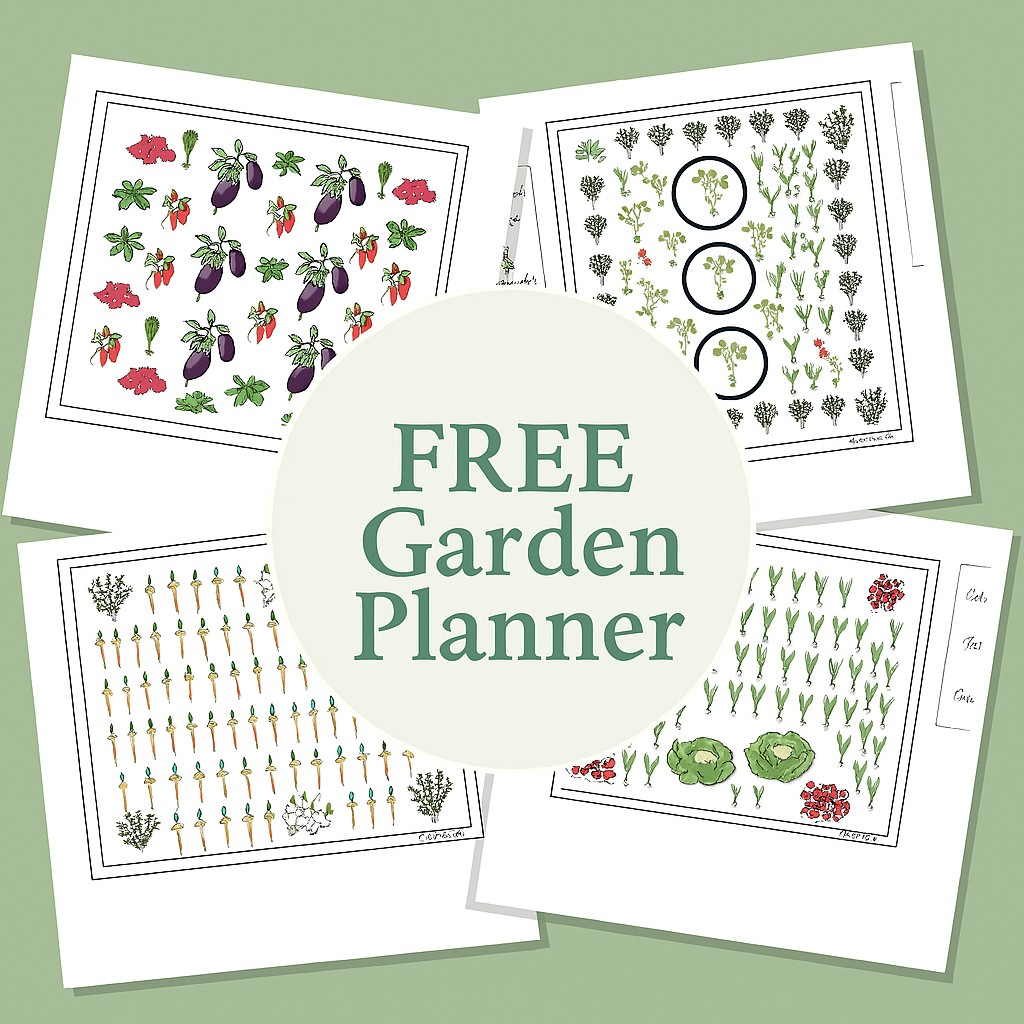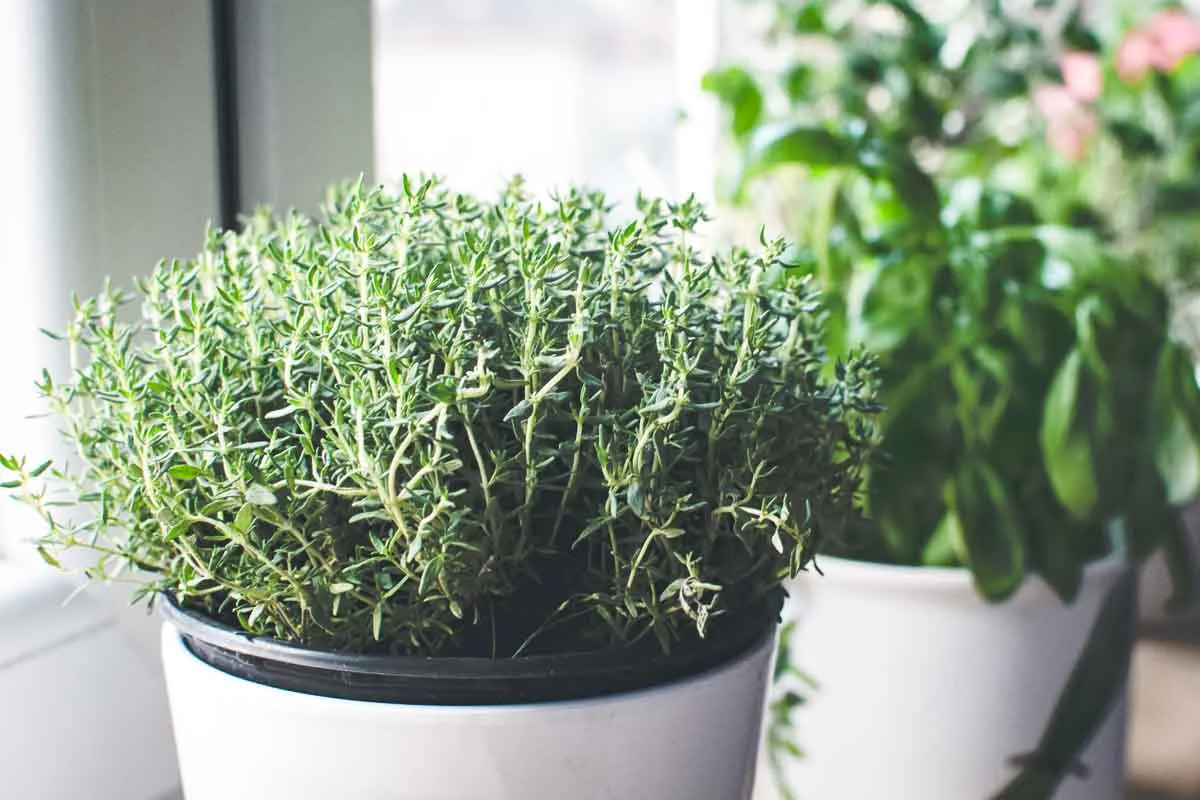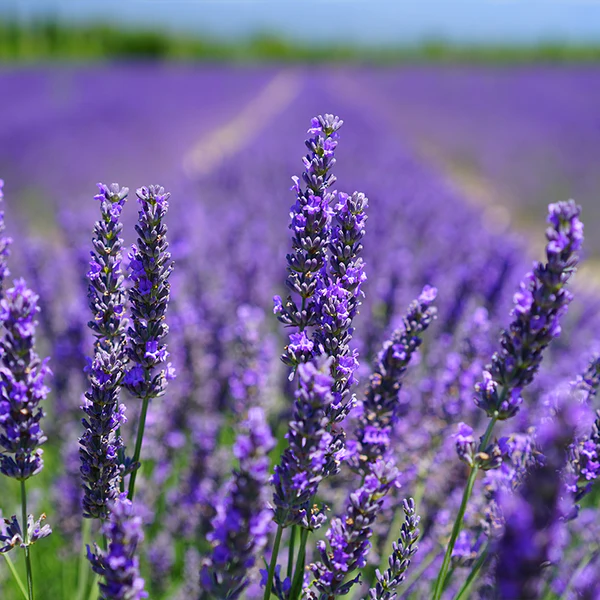How To Grow Thyme Indoors Without Killing It (Promise, It’s Easy)
I’ve tried a lot of herbs indoors—some made it, some didn’t. But thyme?
That one’s been a keeper. It’s kind of like that low-maintenance friend who always smells good and never complains when you forget to water them for a couple days.
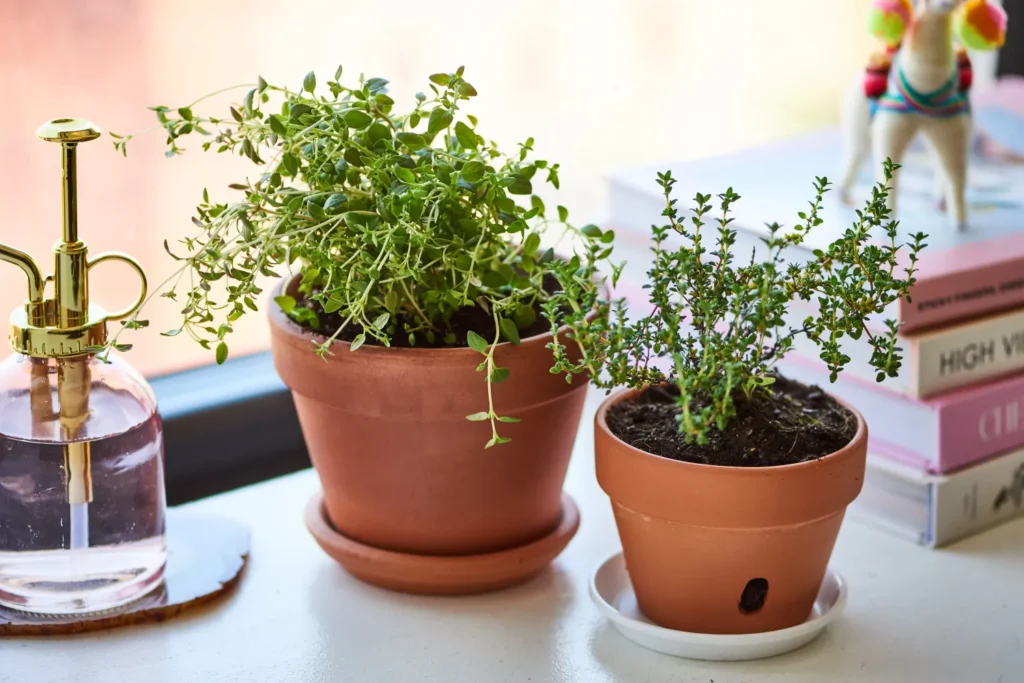
Growing thyme indoors isn’t complicated once you figure out a few simple things: where it should sit, how much water it needs (hint: not a lot), and how to keep it bushy instead of scraggly.
Let’s get into it.
Getting Started with Indoor Thyme
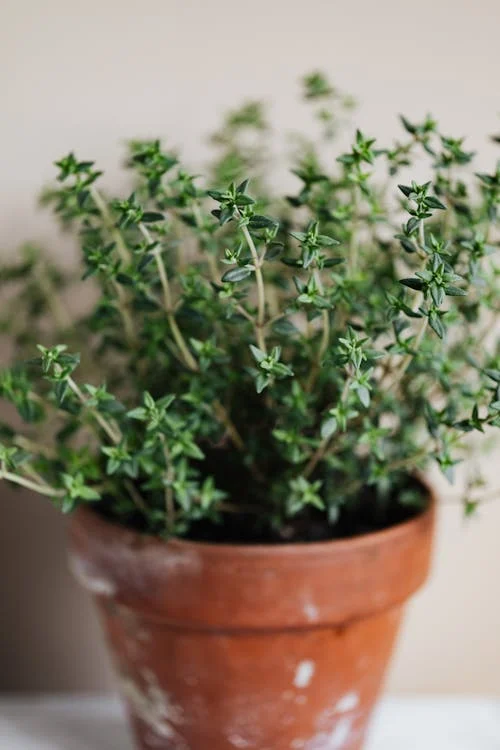
First up, get your hands on a healthy thyme plant or some seeds.
I started with a small potted one from the local garden shop in Auckland—already smelling great and practically begging to be cooked with.
If you’re going the seed route, be patient. Thyme’s a slow sprouter.
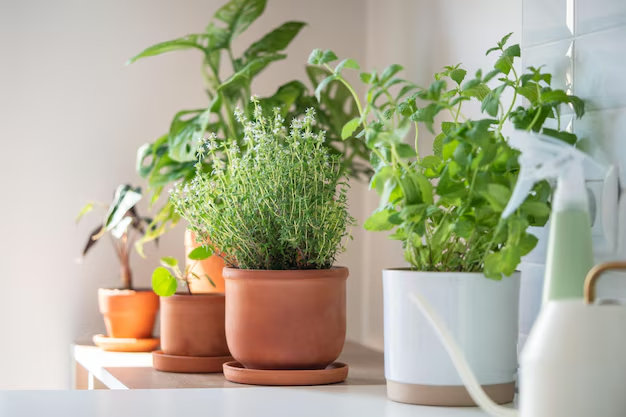
Just scatter a few on top of a good potting mix and lightly press them in (don’t bury deep—they like the light to germinate).
Keep them moist but not soggy, and you’ll see little sprouts in 2-3 weeks.
Potting and Soil Stuff (It Matters More Than You Think)
Thyme doesn’t need fancy soil.
A basic well-draining potting mix with a bit of sand or perlite thrown in is perfect. Go for a pot with drainage holes (this herb despises wet feet).
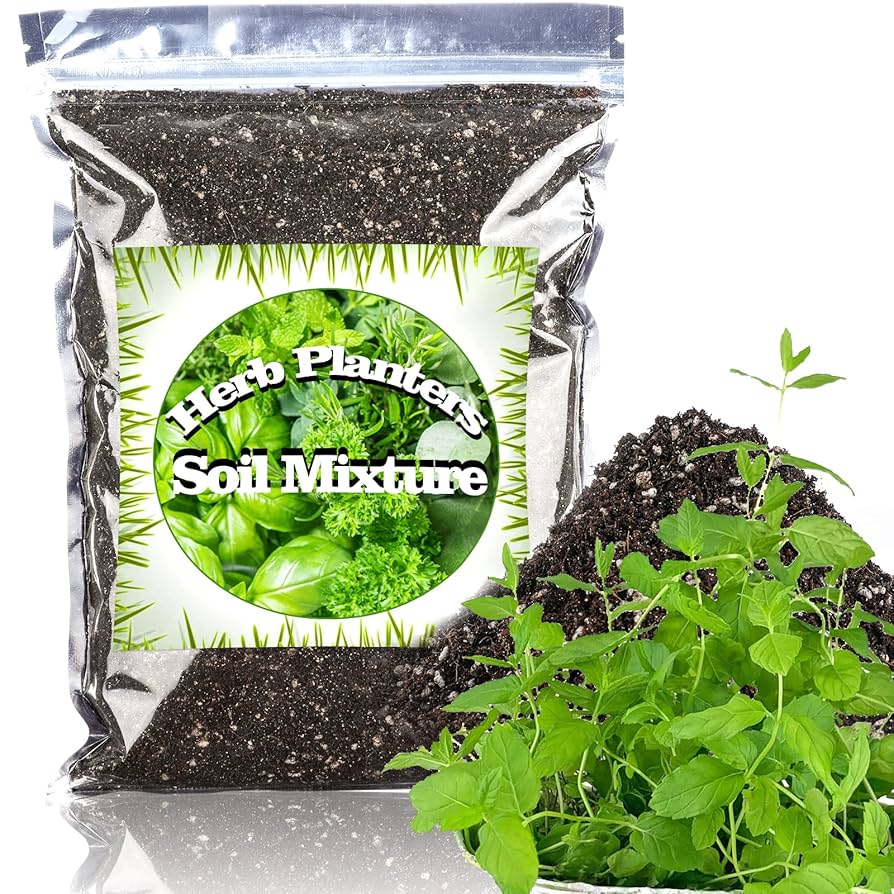
Terracotta pots are lovely for thyme—they breathe, and they let the soil dry out a little quicker, which this Mediterranean native secretly loves.
| Thing | Why It Matters |
|---|---|
| Sandy soil | Prevents root rot |
| Drainage holes | Essential for indoor herbs |
| Terracotta pot | Helps dry out excess moisture |
Light Setup: This One’s a Dealbreaker
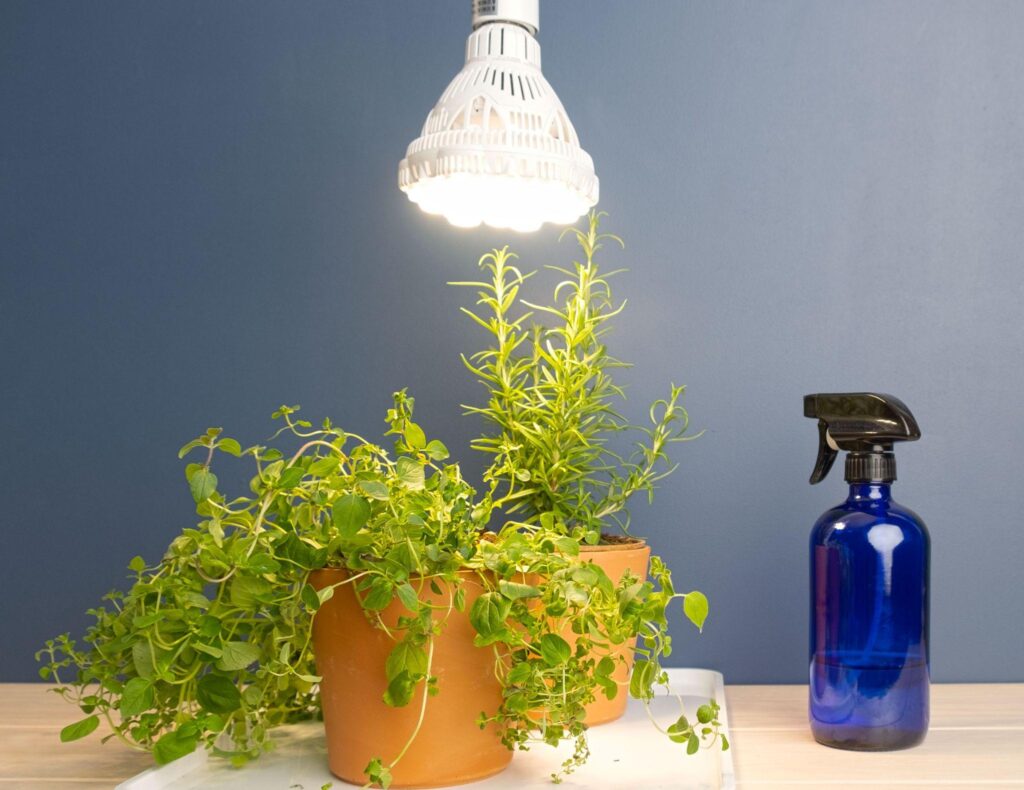
If your thyme’s not getting enough sun, it’s gonna go lanky and give up on life. Ideally, it needs 6-8 hours of sunlight a day.
A sunny windowsill on the north or west side (if you’re down in NZ like me) is perfect.
If you’re in a darker spot—or it’s the middle of winter—just get yourself a basic grow light setup.
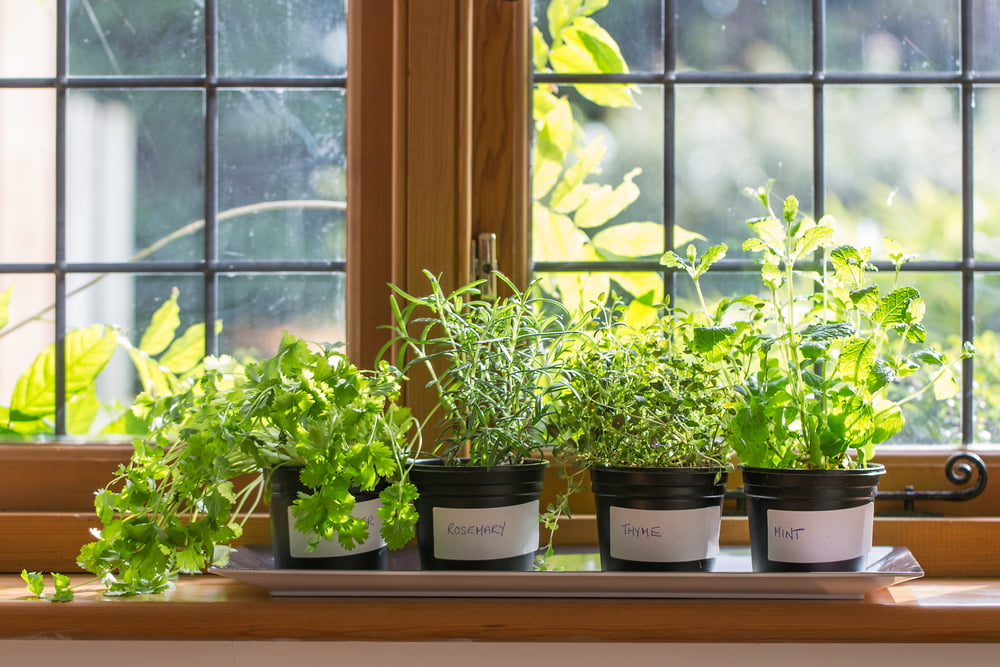
Even a full-spectrum LED desk lamp works fine if it’s close enough (about 6–12 inches from the plant).
I’ve got one clipped above my herbs and it does the trick, especially on gloomy Auckland days when the sun forgets to show up.
Watering Thyme: The Art of Ignoring It Just Enough
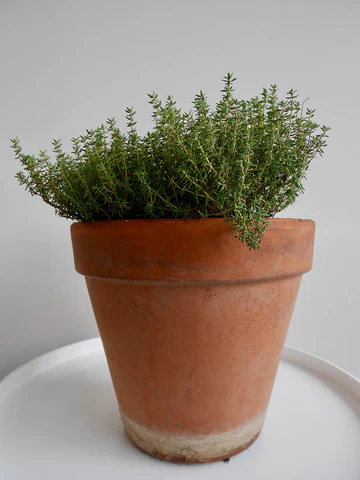
Overwatering kills more thyme than neglect ever will.
Let the soil dry out between waterings. Stick your finger in about an inch—if it’s dry, give it a drink. If not, wait.
Thyme’s leaves might start turning yellow if it’s staying too wet.
On the flip side, if it’s bone dry for too long, it’ll get crispy—but it usually forgives you with a bit of water and a nice sunny day.
Keeping It Bushy and Happy
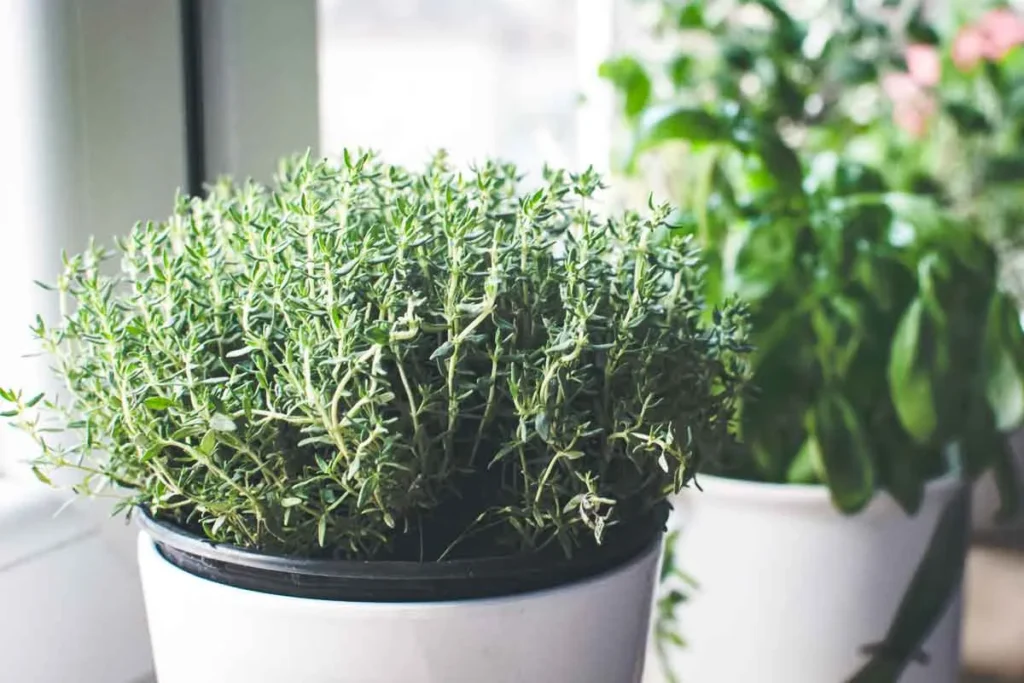
The secret to bushy thyme? Snip it often.
Cut back stems just above a leaf node (where the leaves grow out), and new branches will grow from there. This stops it from getting leggy and keeps it full.
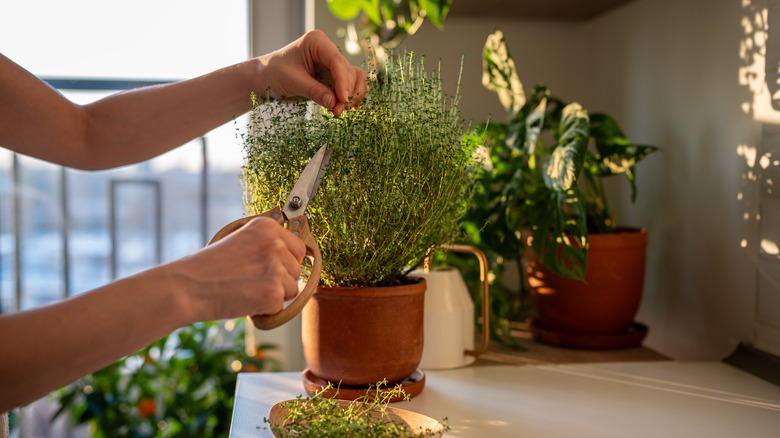
Also, don’t let it flower unless you want to slow down the leaf production. Pinch off the blooms if you’re in it for the leaves.
Here’s a little cheat table I keep for pruning and harvesting:
| Task | When to Do It | Why |
|---|---|---|
| Light trim | Every couple weeks | Encourages growth |
| Big cutback | Every few months | Rejuvenates older stems |
| Remove flowers | As they appear | Keeps plant focused on leaves |
A Bit of Extra Love: Feeding & Rotation
Thyme doesn’t need much feeding.
A half-strength liquid fertilizer once a month during spring and summer is more than enough. Skip winter—let it rest a bit.
If you’re using grow lights, rotate the pot every few days.
Otherwise it’ll lean like it’s trying to escape the shelf.
Common Problems (and Quick Fixes)
| Problem | What It Looks Like | What To Do |
|---|---|---|
| Yellow leaves | Overwatered or poor drainage | Let soil dry out, check pot |
| Leggy growth | Not enough light | Move it to a sunnier spot or add grow light |
| Crispy leaves | Too dry or too hot | Water it, move away from heat source |
Why I Keep Thyme Around
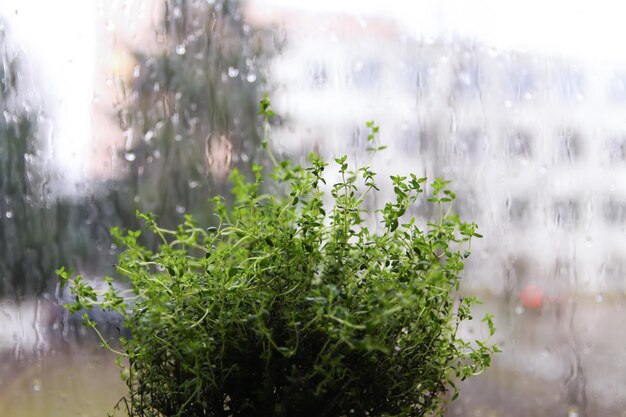
I reach for thyme all the time when I cook—roasted veggies, soups, tofu scrambles, you name it.
Plus, having a thriving herb indoors just lifts the whole vibe of the kitchen. Especially in the colder months when the garden’s looking a bit sad.
Honestly, thyme’s a bit of a gateway herb.
Grow one, and next thing you know, you’re clearing shelf space for oregano, rosemary, and sage.
